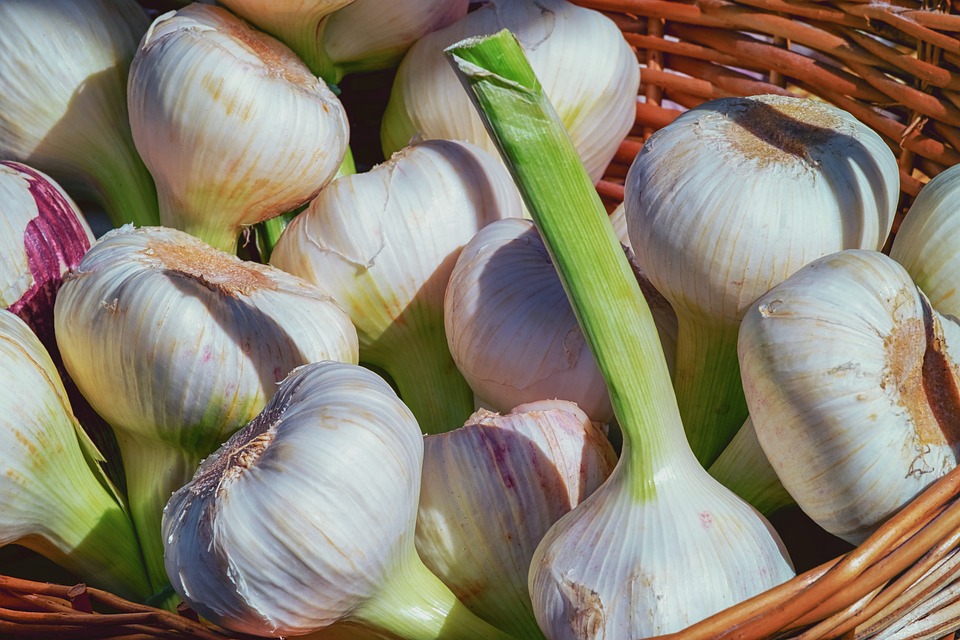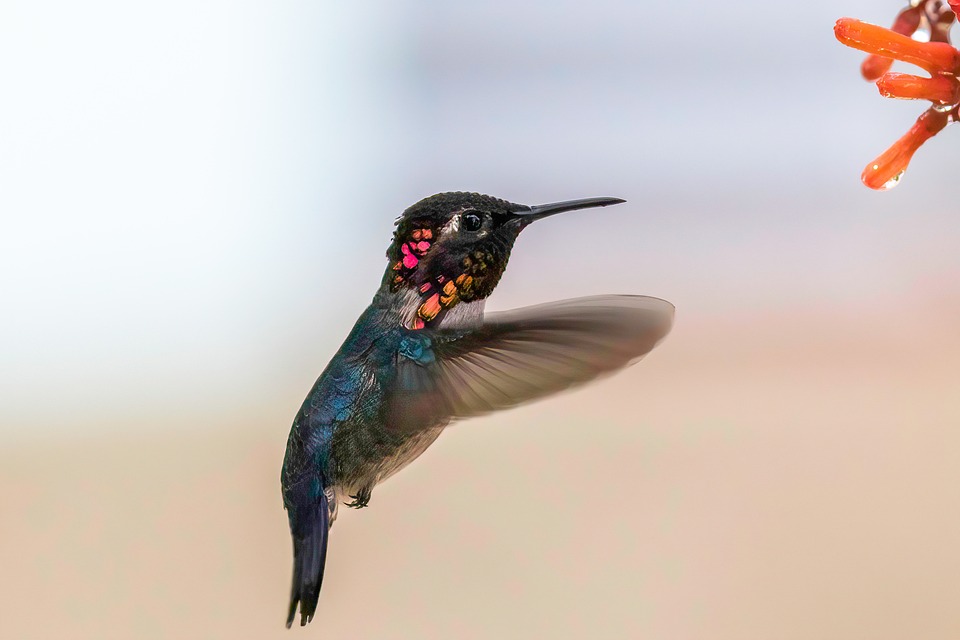Learn about the Different Garlic Growing Stages and how to optimize your garlic crop for a bountiful harvest.
Growing garlic is a delight for many gardeners, especially beginners, due to its ease of care and unique flavor that adds zest to numerous dishes. To make the most of your garlic crop, it’s essential to understand the Different Garlic Growing Stages involved in the process.
Garlic Growing Stages Overview
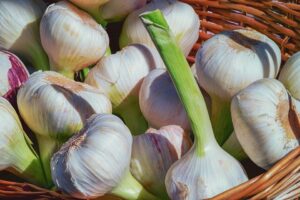
The duration between sowing and harvesting garlic varies depending on geographical location and the garlic plant variety, ranging from 5 to 10 months. Waiting for that length of time to reap the rewards of your efforts can be challenging. However, by familiarizing yourself with the various stages of garlic growth, you can appreciate the diverse flavor profiles that garlic has to offer.
Garlic Varieties
There are two types of garlic: Hardneck and Softneck. The key distinguishing factor between the two is that Hardneck varieties develop a flower stalk known as a scape, whereas Softneck varieties do not produce a scape.
Hardneck Variety
This particular garlic variety takes longer to mature than Softneck garlic and thrives better in cooler weather instead in warm climates. Late fall is the ideal time to plant hardneck garlic, which allows it to overwinter. It will be ready for harvesting in the following spring or early summer.
Moreover, Hardneck garlic produces scapes that are delectable in salads or stir-fries. It provides a sneak peek into the bulbs that will be harvested later.
Softneck Variety
In comparison to the Hardneck variety, this garlic type grows and matures at a faster rate. It performs better in warmer climates, where the chances of a successful crop are higher. The optimal time to plant Softneck garlic is in early fall, allowing the plant enough time to establish itself before the onset of hotter weather.
7 Different Garlic Growing Stages
1. Germination
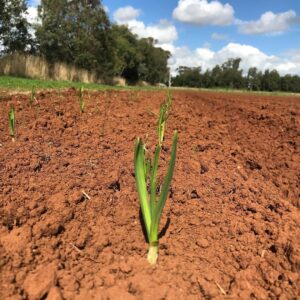
After sowing the seed, the initial phase in garlic growing stages is germination, which occurs when the seed begins to sprout.
Depending on the variety, one can sow cloves in fall or spring. Fall-sown cloves can remain dormant for up to 3 months before developing a shoot, with all the action during this period happening in the root system to provide a strong, healthy foundation for the garlic clove during the winter months.
Garlic planted in the spring will begin to produce shoots within a few weeks, resulting in a shorter growing season for the plants.
2. Spring Garlic (aka Green Garlic)
The next stage is Spring Garlic. You can harvest them when the plant develops tall, lush green shoots and the young underground bulbs are not fully formed.
Use green garlic similarly to spring onions by cutting off the roots and dark green leaves. Utilize the bulb and pale green parts of the shoot. However, spring garlic cannot be stored. Consume the greens fresh or keep them in a cool area for up to a week.
3. Scaping
After three to four weeks, the garlic plant will produce scapes, which are easily identifiable by their distinct curl. If the scapes are not trimmed, they will eventually flower and produce bulbils. While some gardeners may choose to grow bulbils, others will trim the scapes to redirect the plant’s energy towards producing larger bulbs and cloves.
Additionally, the scapes are edible and can be used in the same way as cloves. However, they should be consumed or frozen within a week, just like green garlic.
4. Young Bulb Stage
The young bulb stage occurs about eight months after planting. You can harvest these small bulbs. The skin at this stage is not dried out as mature garlic. They offer a crisp, juicy texture and strong flavor to dishes. Eat young bulbs within a week, or chop and freeze them for later use.
Read Chilacayote Squash Care Guide
5. Mature Bulb Stage
The garlic bulbs become fully mature and ready for harvesting after approximately nine months of growth. You can pull out the entire plant from the ground to reveal large bulbs that are ideal for drying. To cure the cloves, you should allow them to dry on a well-ventilated rack for one to two weeks. This step is crucial to ensure the skin of the bulbs remains dry, preserving their freshness and edibility for a longer period.
6. Flowering Stage
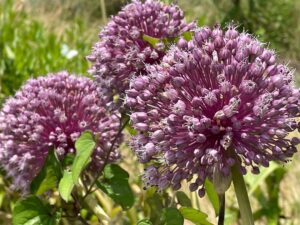
The flowering stage of garlic is when the plant produces a central stalk called a scape. The scape straightens up to reveal a bulb-shaped flower head composed of small flowers and bulbils. Bulbils are tiny garlic bulbs that grow in place of flowers and can be used to propagate new garlic plants. Garlic growers typically plant cloves to produce new garlic plants because garlic seeds don’t usually germinate well.
7. Harvesting Stage
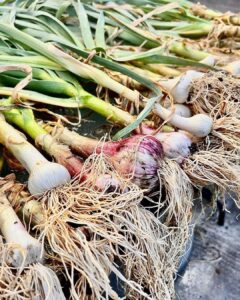
Growing garlic from seed to harvestable plant usually takes about 9 months. One way to tell if your garlic is ready for harvest is to check the bottom of the largest leaves. If they have started to dry and turn brown or yellow, it is time to harvest. Leaving the bulbs in the ground for too long can cause them to open and let in soil, which can promote rotting, so it’s best to harvest them in a timely manner.
Read about Kajari Melon Care in Pots and Garden

